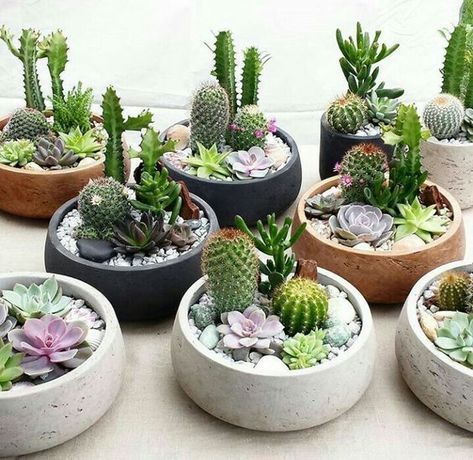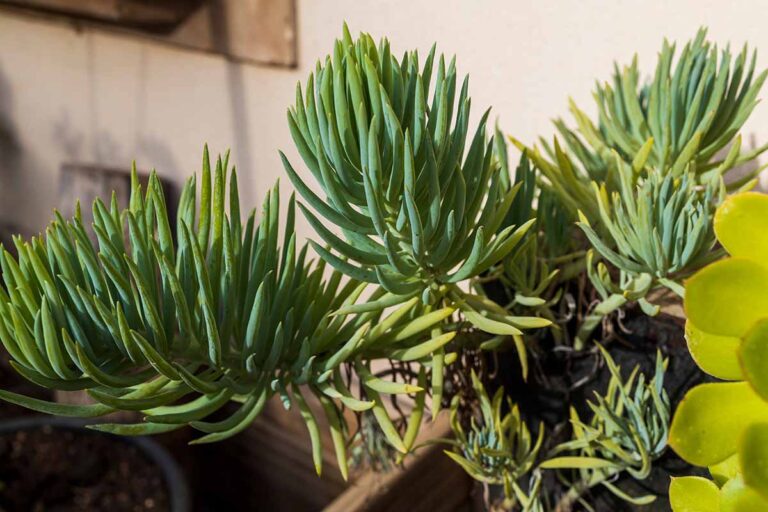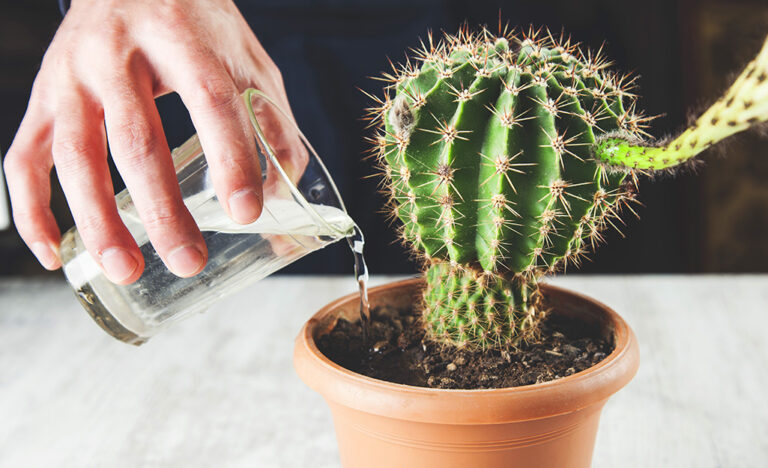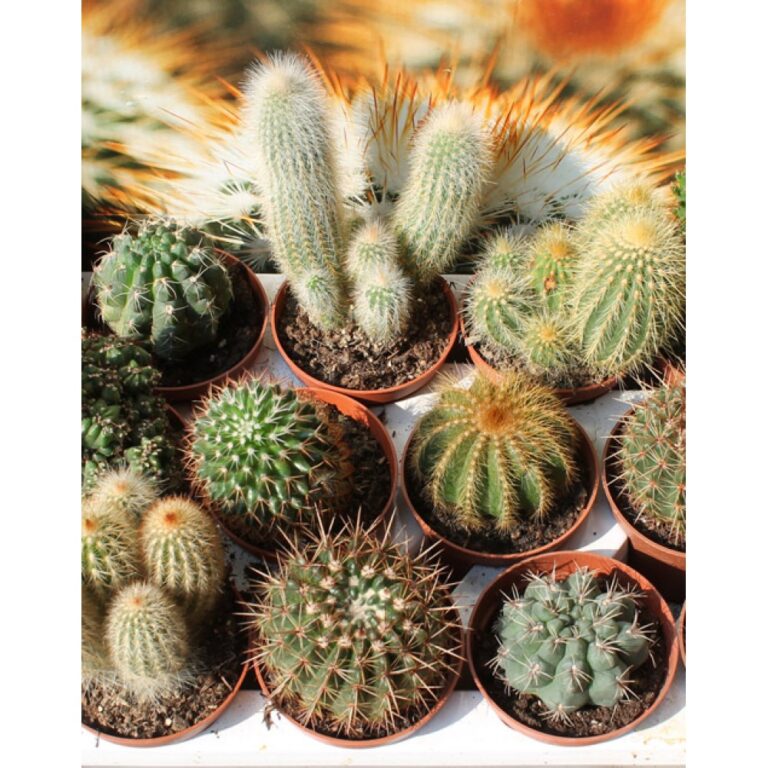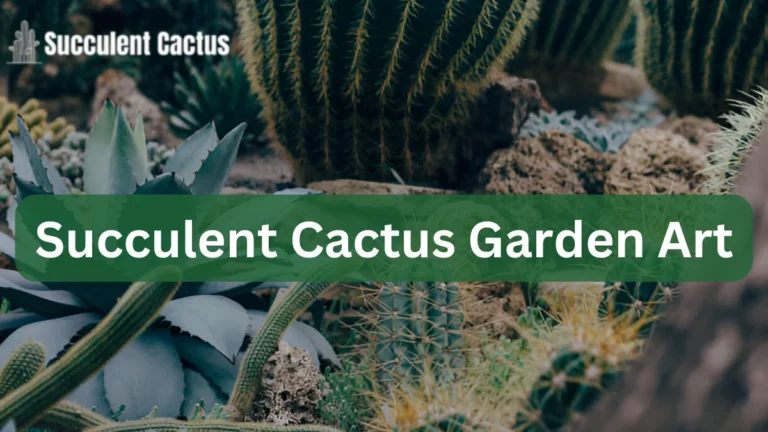What Are Succulent Plants? A Quick Guide to Understanding Them
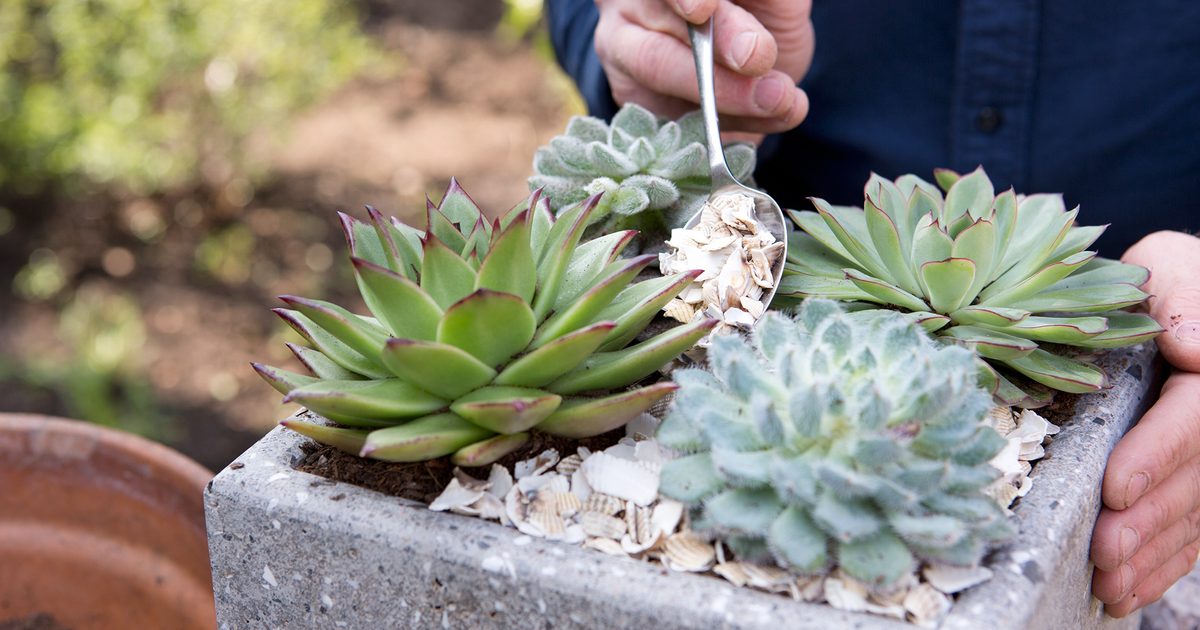
Succulent plants have gained immense popularity due to their striking appearance, low-maintenance nature, and adaptability to various environments. Whether you’re a seasoned gardener or a beginner, understanding what are succulent plants and how to care for them can help you create a thriving collection. This guide explores everything you need to know about these fascinating plants.
What Are Succulent Plants?
Succulent plants are a group of plants characterized by their ability to store water in their leaves, stems, or roots. This adaptation allows them to survive in arid climates and drought conditions. The word “succulent” comes from the Latin word sucus, meaning juice or sap, referring to their water-retaining capabilities.
Key Features of Succulent Plants
- Thick, fleshy leaves for water storage.
- Adaptability to dry and harsh environments.
- Diverse shapes, sizes, and colors, making them visually appealing.
Why Are They Called Succulent Plants?
The name reflects their ability to retain moisture, making them ideal for areas with limited rainfall. Their unique structure and resilience have made them a favorite among gardeners worldwide.
The Different Types of Succulent Plants
When exploring what are succulent plants, it’s essential to understand their diversity. Succulents come in various species, each with its unique traits.
1. Aloe Vera
- Features: A medicinal succulent known for its healing properties.
- Care Tips: Thrives in bright light and requires minimal watering.
2. Echeveria
- Features: Known for its rosette-shaped leaves and vibrant colors.
- Care Tips: Prefers full sunlight and well-draining soil.
3. Jade Plant (Crassula Ovata)
- Features: Symbolizing luck and prosperity, it has thick, oval-shaped leaves.
- Care Tips: Requires moderate sunlight and occasional watering.
4. Zebra Plant (Haworthia)
- Features: Compact with striking white stripes, perfect for indoor spaces.
- Care Tips: Tolerates low light but prefers bright, indirect sunlight.
5. Sedum (Stonecrop)
- Features: Hardy and versatile, ideal for outdoor gardens.
- Care Tips: Needs full sun and dry conditions.
The Natural Habitat of Succulent Plants
Succulent plants are naturally found in arid regions, including deserts and semi-deserts. They thrive in areas with low rainfall and high temperatures. Understanding their natural habitat helps explain what are succulent plants and their unique adaptations.
Common Regions Where Succulents Grow
- Deserts in Africa, such as the Namib and Sahara.
- Semi-arid regions in North and South America.
- Rocky terrains and coastal cliffs.
How to Care for Succulent Plants
Learning to care for succulents is crucial for their growth and longevity. Here’s how you can ensure your succulent plants thrive:
1. Choosing the Right Pot
- Always use pots with drainage holes to prevent root rot.
- Terracotta pots are ideal as they allow better airflow.
2. Soil Requirements
- Use a cactus mix or create your own blend of sand, perlite, and potting soil.
- Avoid heavy soils that retain too much water.
3. Sunlight Needs
- Most succulents need 6–8 hours of sunlight daily.
- Indoor succulents should be placed near a bright window.
4. Watering Succulents
- Water only when the soil is completely dry.
- Reduce watering frequency in cooler months.
5. Fertilizing Succulents
- Feed succulents with a diluted fertilizer during their growing season (spring and summer).
Common Problems and Solutions
While succulents are easy to care for, they can face challenges. Here are common issues and how to address them:
1. Overwatering
- Symptoms: Yellowing or mushy leaves.
- Solution: Allow the soil to dry out completely before the next watering.
2. Underwatering
- Symptoms: Wrinkled or shriveled leaves.
- Solution: Water more frequently, ensuring the soil is well-draining.
3. Pests and Diseases
- Symptoms: Presence of mealybugs, aphids, or fungal spots.
- Solution: Treat with neem oil or a mild soap solution.
4. Lack of Sunlight
- Symptoms: Stretched or leggy growth.
- Solution: Move the plant to a brighter location or use a grow light.
Propagation of Succulent Plants
Propagating succulents is a fun and rewarding way to expand your collection. Here’s how to do it:
1. Leaf Propagation
- Remove a healthy leaf from the plant.
- Let it callous before placing it on well-draining soil.
2. Stem Cuttings
- Cut a healthy stem just below a node.
- Allow it to dry before planting.
3. Offsets
- Gently separate offsets or pups from the parent plant.
- Replant them in fresh soil.
Creative Ways to Display Succulent Plants
Succulents can be used creatively to enhance your indoor and outdoor spaces. Here are some ideas:
1. Succulent Terrariums
- Create miniature gardens with succulents, stones, and moss.
2. Vertical Gardens
- Use a frame or wall planter to display succulents in a vertical arrangement.
3. Hanging Baskets
- Use trailing succulents like String of Pearls for a cascading effect.
4. Centerpieces
- Combine different succulents in decorative containers for table displays.
FAQs About Succulent Plants
1. What Are Succulent Plants Best Known For?
Succulent plants are best known for their water-storing abilities and striking appearance.
2. How Often Should Succulents Be Watered?
Water them only when the soil is dry, typically every 2–3 weeks.
3. Can Succulents Survive in Low Light?
Some succulents, like Snake Plants and Haworthias, can tolerate low light.
4. Are Succulents Pet-Friendly?
While many succulents are non-toxic, some, like Aloe Vera, can be harmful to pets.
Conclusion: Why Succulent Plants Are Worth Having
Understanding what are succulent plant and their unique qualities can help you appreciate their beauty and resilience. Whether you’re a beginner or an experienced gardener, succulents offer endless possibilities for creative displays and easy maintenance. By following the tips in this guide, you can enjoy thriving succulents in your home or garden for years to come.

